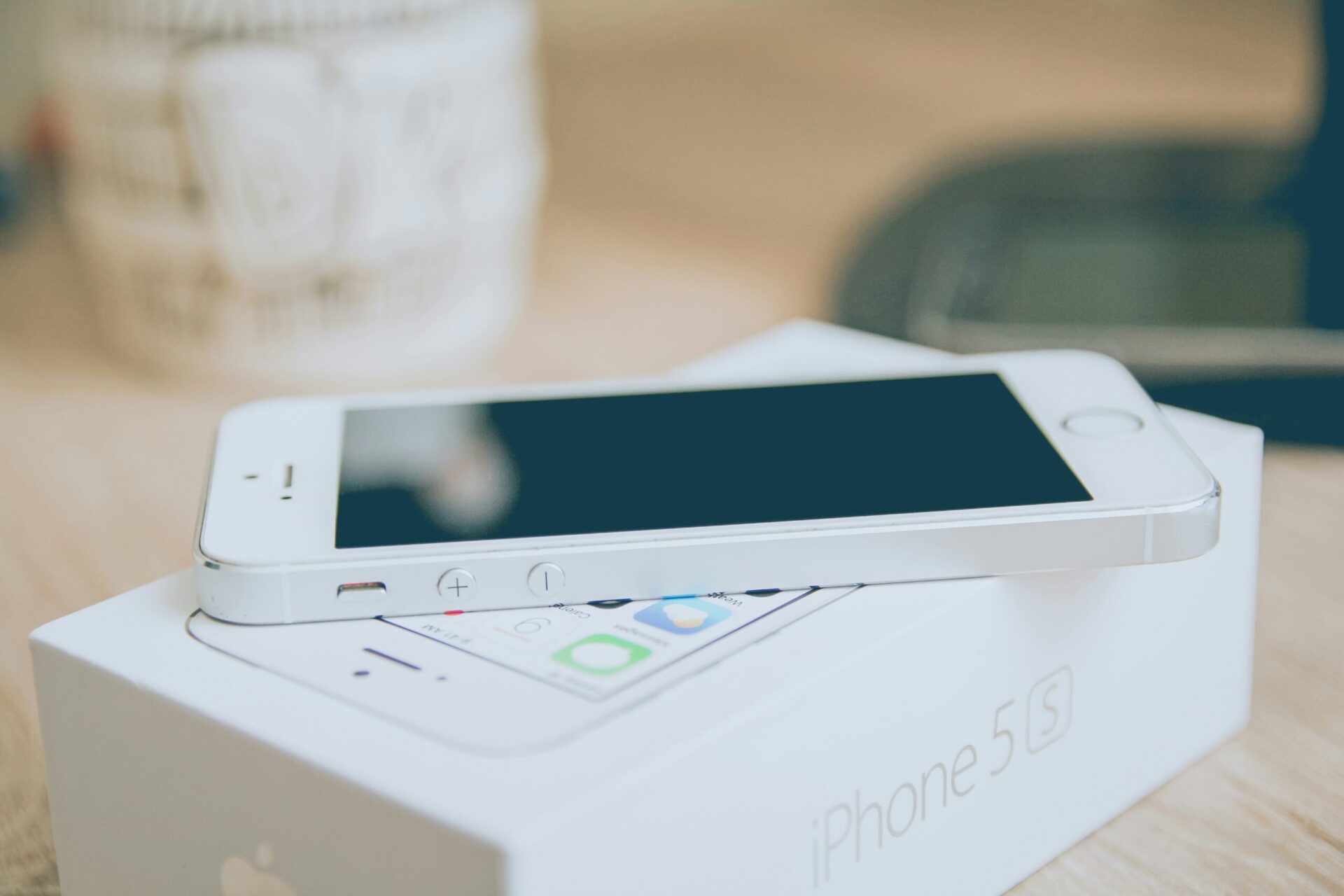In the wake of the much anticipated iPhone 5, a post on the importance of social optimization for mobile couldn’t seem more fitting. The latest data reports that
consumers spend more time on mobile devices than any other medium, surpassing TV, web, and radio. The fact that people spend an average of two hours per day on their mobile device shouldn’t be shocking news, so why aren’t more brands taking advantage of the opportunity this shift creates to interact with consumers?
Oh, brands need justification beyond people treating their mobile device like an extension of their body, taking it to the bathroom, sleeping with it under their pillow, and twitching at the thought of putting it down while driving, to support an investment in mobile optimization of social media initiatives. No problem. More than 72 million Americans accessed social networking sites or blogs via their mobile devices in August, a figure that represents a 37% jump from the same time last year, according to data compiled by comScore. Not to mention, Facebook is the number one most downloaded app of all time, with other social media players like Twitter, Instagram, and Pinterest climbing the ranks every day. If users access a link from one of these social apps using a mobile device and they are redirected to a non-mobile optimized site, the chances of these users returning drop off dramatically.
It’s undeniable the future of social-mobile is bright, so brands need to develop a strategy. Just optimizing your site or your app for mobile doesn’t guarantee social growth or soaring conversion rates. It all starts with understanding how your target audience uses mobile and how they use mobile to interact with your brand is critical. As more people access social networks from smart phones and tablets, sharing becomes easier and instantaneous. This means that brands should be thinking about how they can make their content easily shareable and relevant in real-time on mobile devices, in turn creating positive user experiences and increased virality. Mobile optimizations should be developed to enhance conversation and interaction already taking place between consumers and brands, essentially improving the relationship and quality of interactions. For example, making interface actions easy, meaning tweeting something from your mobile site, shouldn’t require six steps. Remember to keep mobile short, sweet and to the point by creating memorable phrases audiences can easily tweet out and repost.
Since I’m not sure I can say it better myself, I’ll leave you with wise words from, Bart Stein, Co-founder, Stamped. Stein said, ‘The best apps won’t need to hold you hostage to the screen, rather, they should add dimension to relationships and enable you to engage with others in unprecedented ways, making it easier than ever to make and maintain real life relationships.’?
Ready to take your brand to the next level? Explore data-driven growth solutions from our Marketing Strategy Agency.




